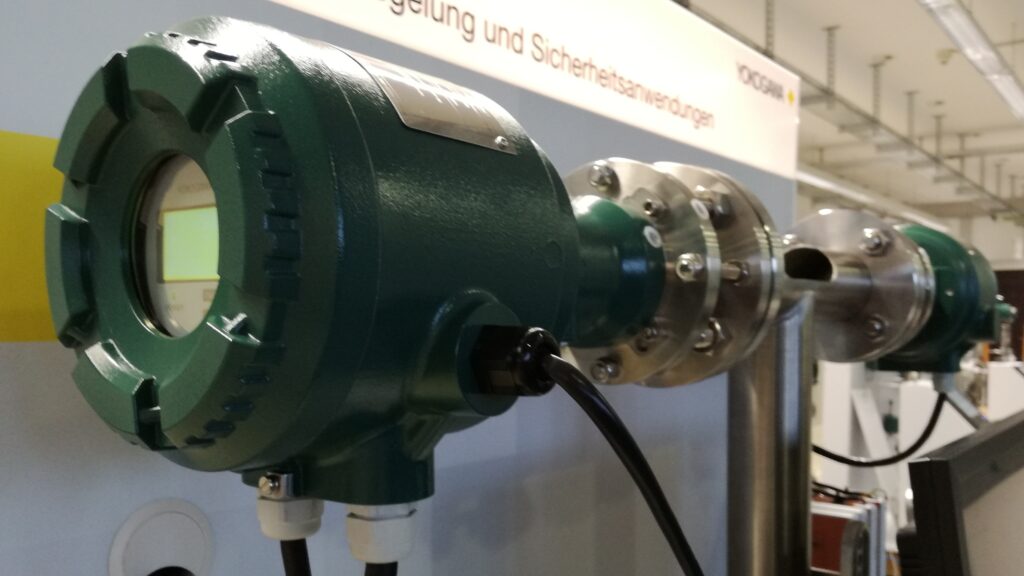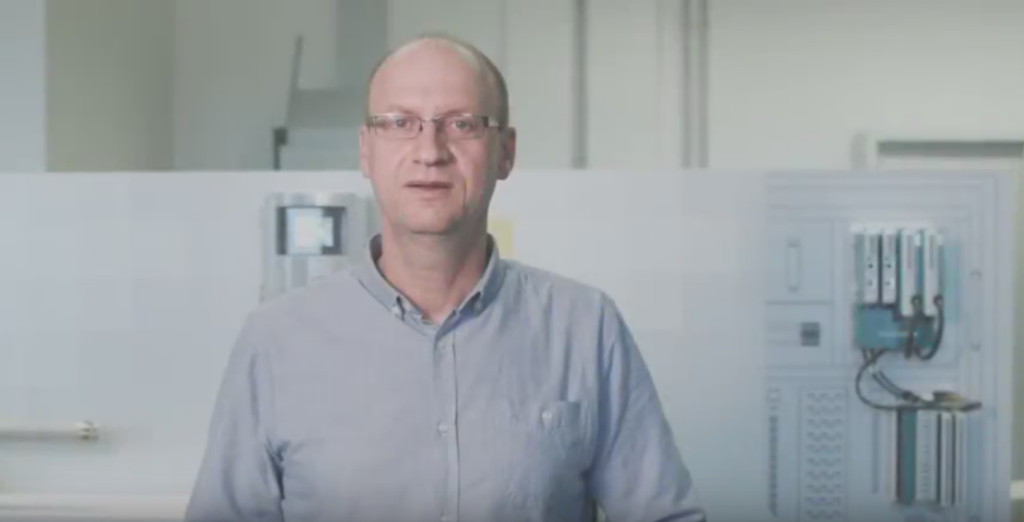Process capability
– isn’t that something you tend to take for granted in measuring instruments that are used directly in the process?
Yes, strictly speaking it is. But what exactly does “strictly speaking” mean in this context?
Analytical procedures can be very complicated, especially if the aim is to determine specific components in complex matrices. It’s sometimes necessary to separate the components before you can determine the constituents you’re looking for “interference-free”. This kind of analytical process often calls for a constant, controlled environment like that found in a laboratory. Only then is it possible to determine the quality of the intermediate and end products accurately. The measured value or values which are obtained after a while indicate whether the specified quality is complied with and the process was completed on schedule.
Once upon a time
“Complied with”, “completed” – the past tense is central here!!! We’re told what we should have done in order to achieve an optimal result. That may be adequate to take us another step forward on the learning curve; however, it’s not enough to meet process automation and Industry 4.0 requirements.
It’s easy to sum up the requirements profile for process analytical systems:
- Process mapping – if possible, in real time
- Safe to use in hazardous areas
- Suitable for complex media, media containing background substances, or media with a fluctuating composition – selectivity and robustness of the analytical instruments
- Ability to withstand extreme environments – temperature, pressure, aggressive fluids, dirt
- Quick and easy maintenance on the rare occasions when it’s needed – if possible, directly in the process
However, these attributes are often undermined by:
- Procedures entailing external sample conditioning (ex situ, time, effort)
- Batch processes (time)
- Sensitive sensors which are unable to withstand the process conditions, or which are unable to withstand them for long enough (availability, maintenance work)
The TDLS is able
One analytical method which meets the above-mentioned requirements to a large extent is TDLS (Tunable Diode Laser Spectrometry). Numerous components can already be measured today using this technology in a process capable way, as the workshop on “Process capable laser spectrometry – fast, reliable, selective” will demonstrate. Table 1 shows an overview of these components at Yokogawa. More measured components and ranges are likely to be added to this list in the foreseeable future.
[ot-caption title=”Components measured by the Yokogawa TDLS8000″ url=”https://www.yokogawa.com/eu/blog/chemical-pharma/app/uploads/2016/10/Tabelle1_TDLS_post.png”]
There is consensus among experts that the potential of TDLS technology is still far from exhausted. TDLS will continue to be a hot topic for some time to come.
Have we aroused your curiosity? Watch the video in which I explain you what I will present in my workshop.
Regardless of whether or not you take us up on our invitation, we’d be very happy to talk to you about TDLS at your convenience. After all, Co-Innovating Tomorrow is our slogan.




